For kitchen professionals, ensuring food safety is not just a responsibilityits an art. One seemingly small staple in the kitchen, your cutting board, plays a tremendous role in maintaining hygiene. But why is it important to get rid of a cutting board with deep cuts in it? Lets dive deep into this life-changing topic and uncover what you might not know about your frequently used kitchen companion.
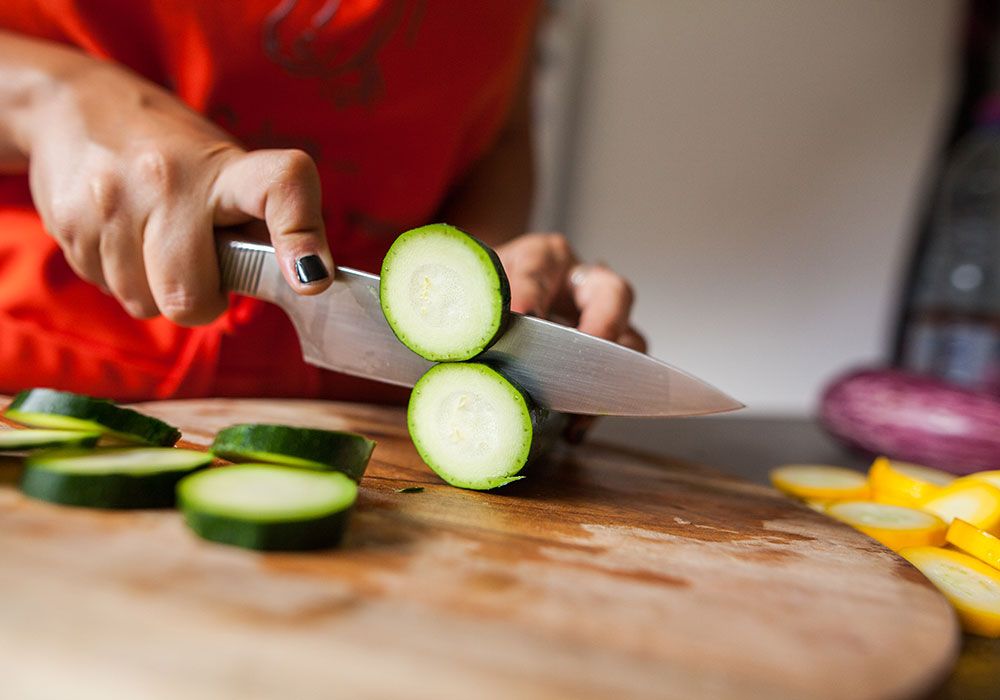
The Hidden Risks of Deep Cuts in Cutting Boards
When a cutting board develops deep cuts, it becomes a haven for bacteria. These lasting grooves cannot always be thoroughly cleaned, even with rigorous scrubbing. Bacteria such as Salmonella and E. coli can lurk within the crevices and pose a risk to food safety. Shockingly, a cutting board with deep cuts increases the chances of cross-contamination in the kitchen.
Accelerated Wear and Tear
Beyond hygiene concerns, deep cuts also weaken your cutting boards integrity. With continuous use, your knife can splinter the board further, leading to an inconsistent surface. This not only affects your chopping precision but also significantly shortens the lifespan of the cutting board. Looking for tips on better cutting board care? Check out this guide on How to dry a cutting board.
Health and Safety Standards in Professional Kitchens
As a professional chef or kitchen manager, following local health and safety standards is non-negotiable. Deep cuts in cutting boards can lead to health inspections failing. To comply with these regulations, ensure your cutting boards are regularly inspected and replaced if irreparable damage is found. Learn more about proper cutting board maintenance via this cutting board safety guide.
Choosing the Right Replacement Cutting Board
Not all cutting boards are created equal. When replacing a damaged board, prioritize materials that are resistant to deep damage. A comparison of wood vs plastic cutting boards can help you make an informed decision for your professional kitchen.
Maintenance: Keeping Your Cutting Board Safe and Long-Lasting
Prevention is always better than a cure. Here are steps you can take to prolong the life of your cutting boards:
- Regularly oil wooden cutting boards with food-safe oils. Wondering how? Visit How to hydrate a wood cutting board.
- Always wash and sanitize boards after handling raw meat or fish.
- Air-dry your boards to avoid moisture retention and warping.
- Inspect your boards regularly for scratches, cracks, or deep cuts.
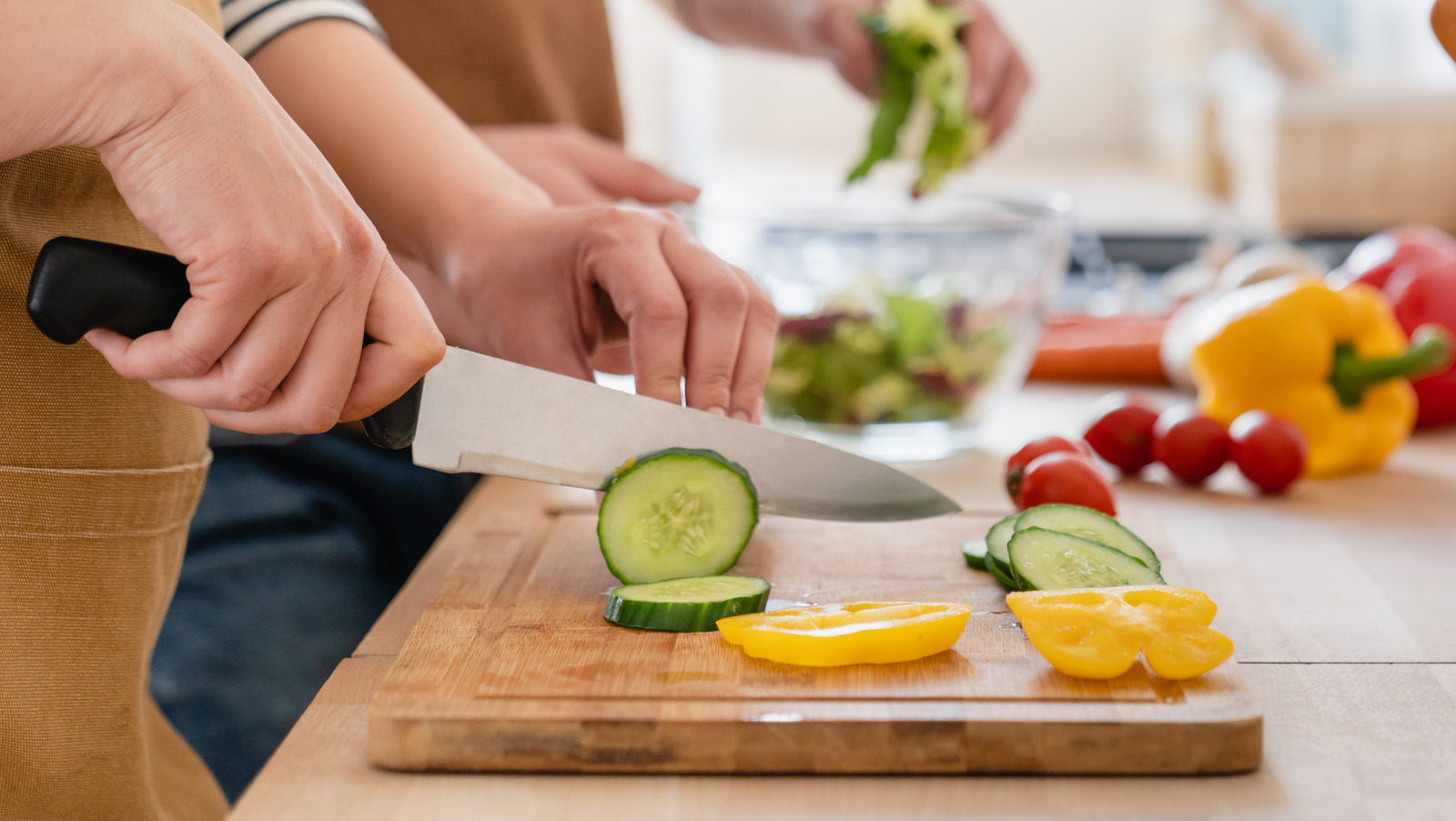
FAQ
1. How long should a cutting board last?
Generally, the lifespan of a cutting board depends on its material and usage frequency. With proper care, wooden boards can last several years.
2. Can I sand down my wooden cutting board to remove deep cuts?
Yes, light sanding can restore wooden cutting boards. Ensure you re-oil the board after sanding to seal the surface.
3. Are there cutting boards more resistant to cuts?
Yes, cutting boards made of high-density plastic or bamboo are generally more resistant to deep cuts.
Conclusion
Understanding why it is important to get rid of a cutting board with deep cuts in it can save you from health violations, bacterial contamination, and avoidable wear and tear in your professional kitchen. Prioritize safety and hygiene by maintaining or replacing your cutting boards when necessary. Learn more about the right cutting board strategies at Tips & Tricks for Cutting Boards.
This article contains affiliate links. We may earn a commission at no extra cost to you.

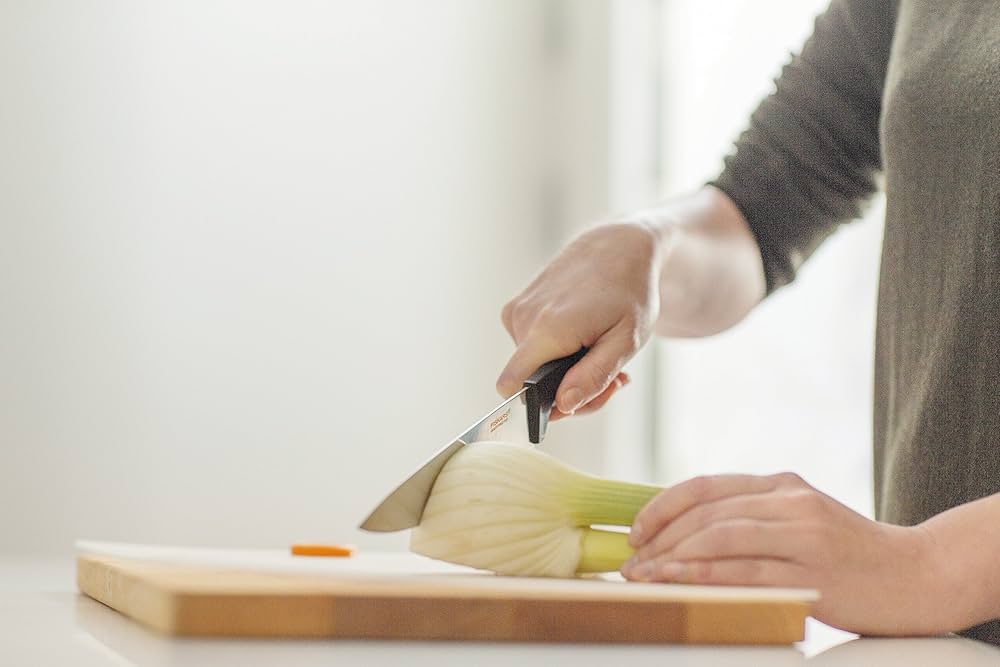


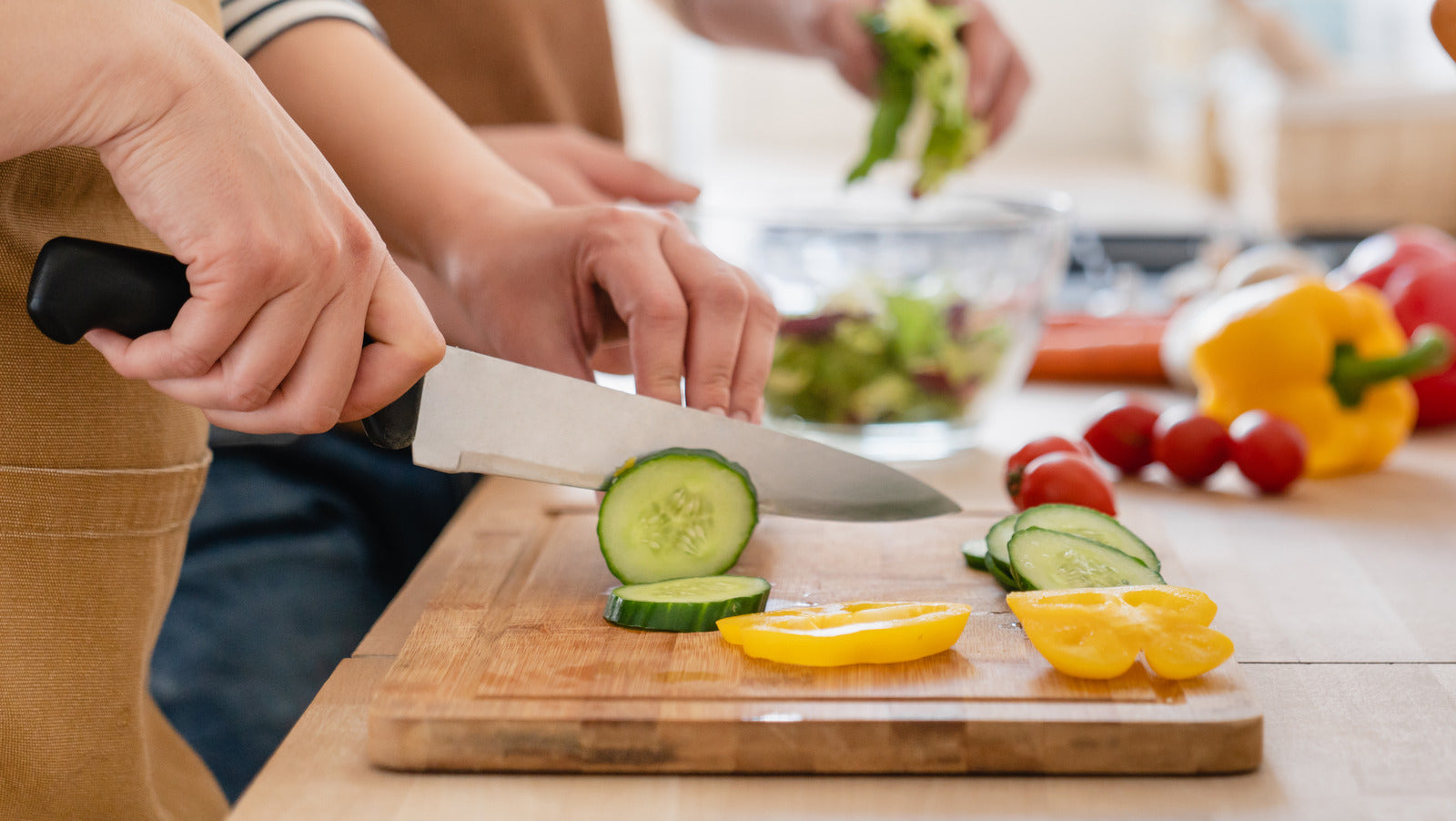
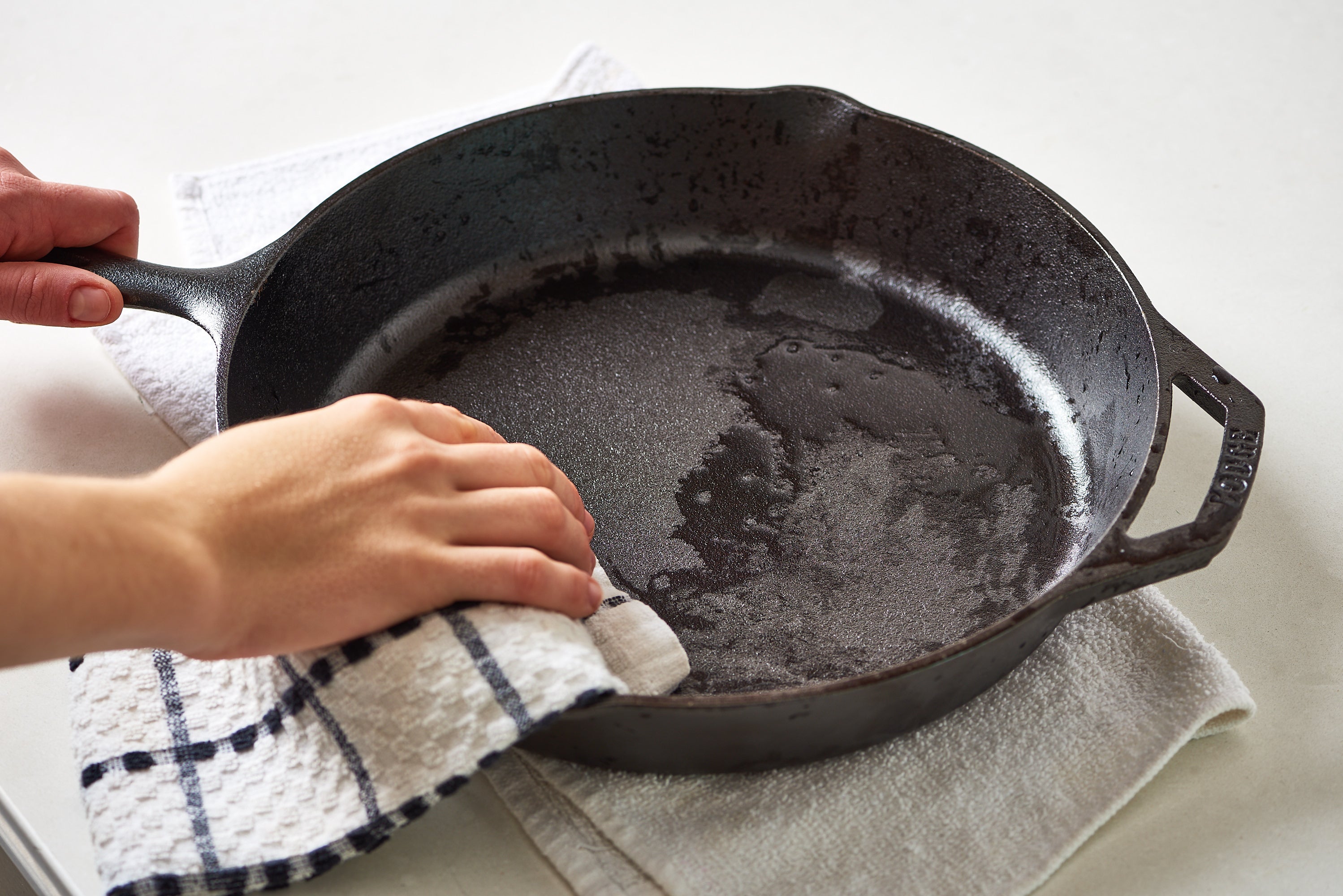
Leave a comment
This site is protected by hCaptcha and the hCaptcha Privacy Policy and Terms of Service apply.